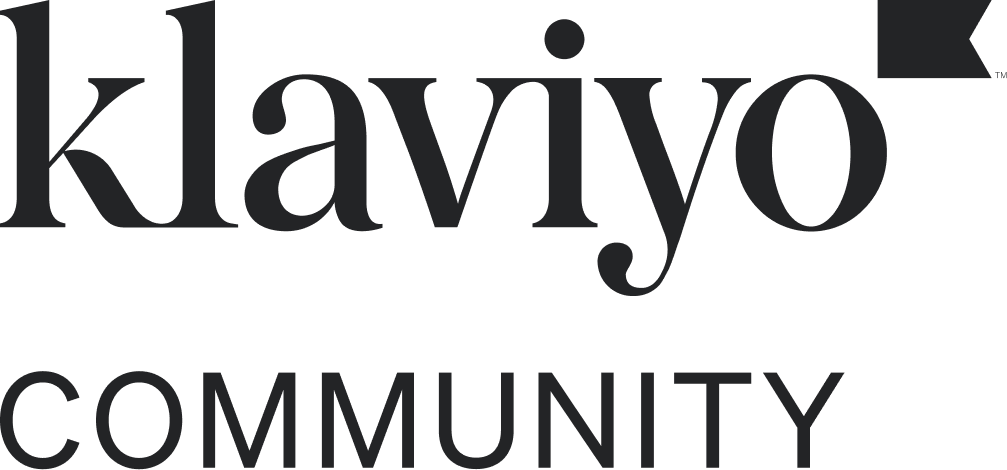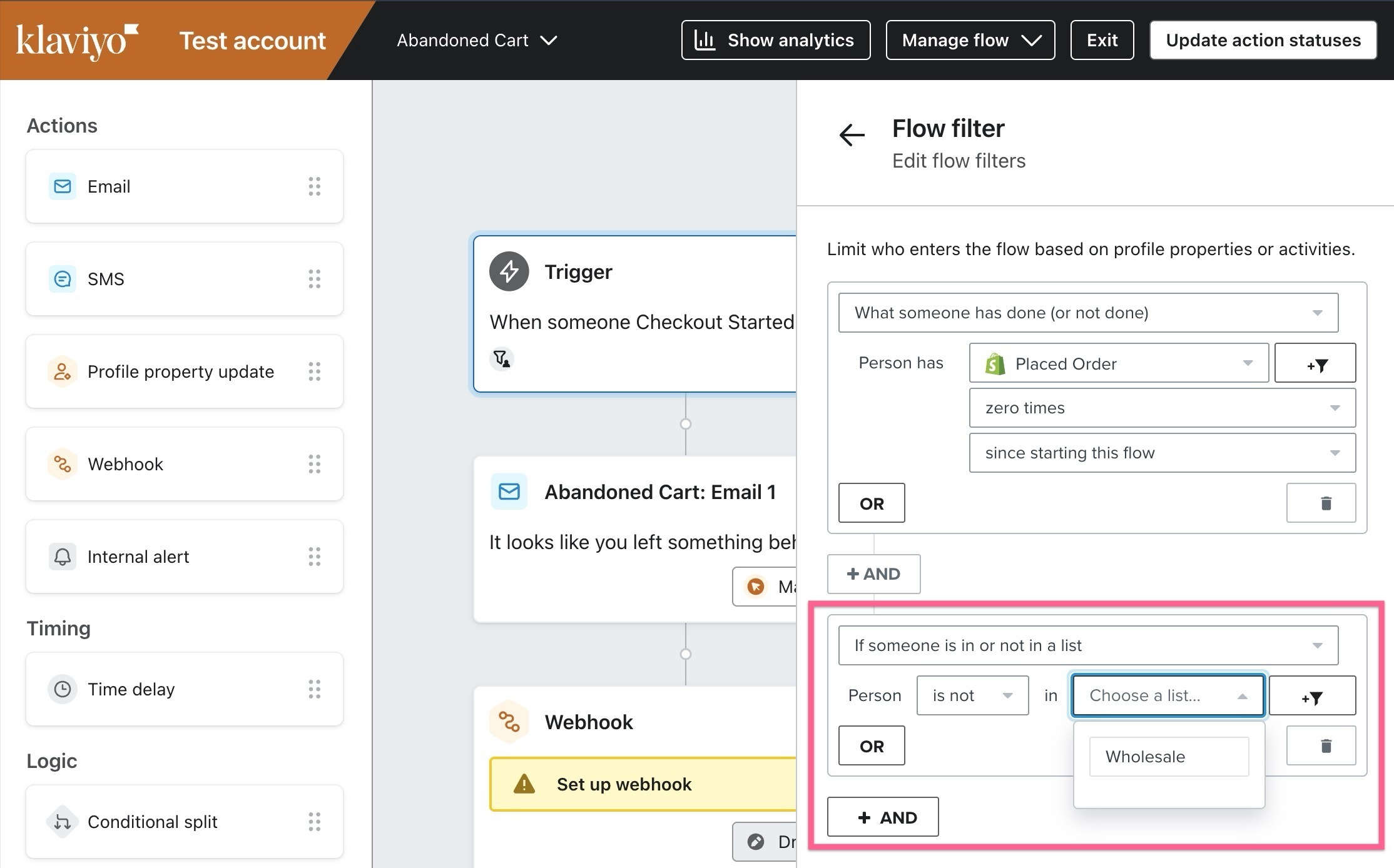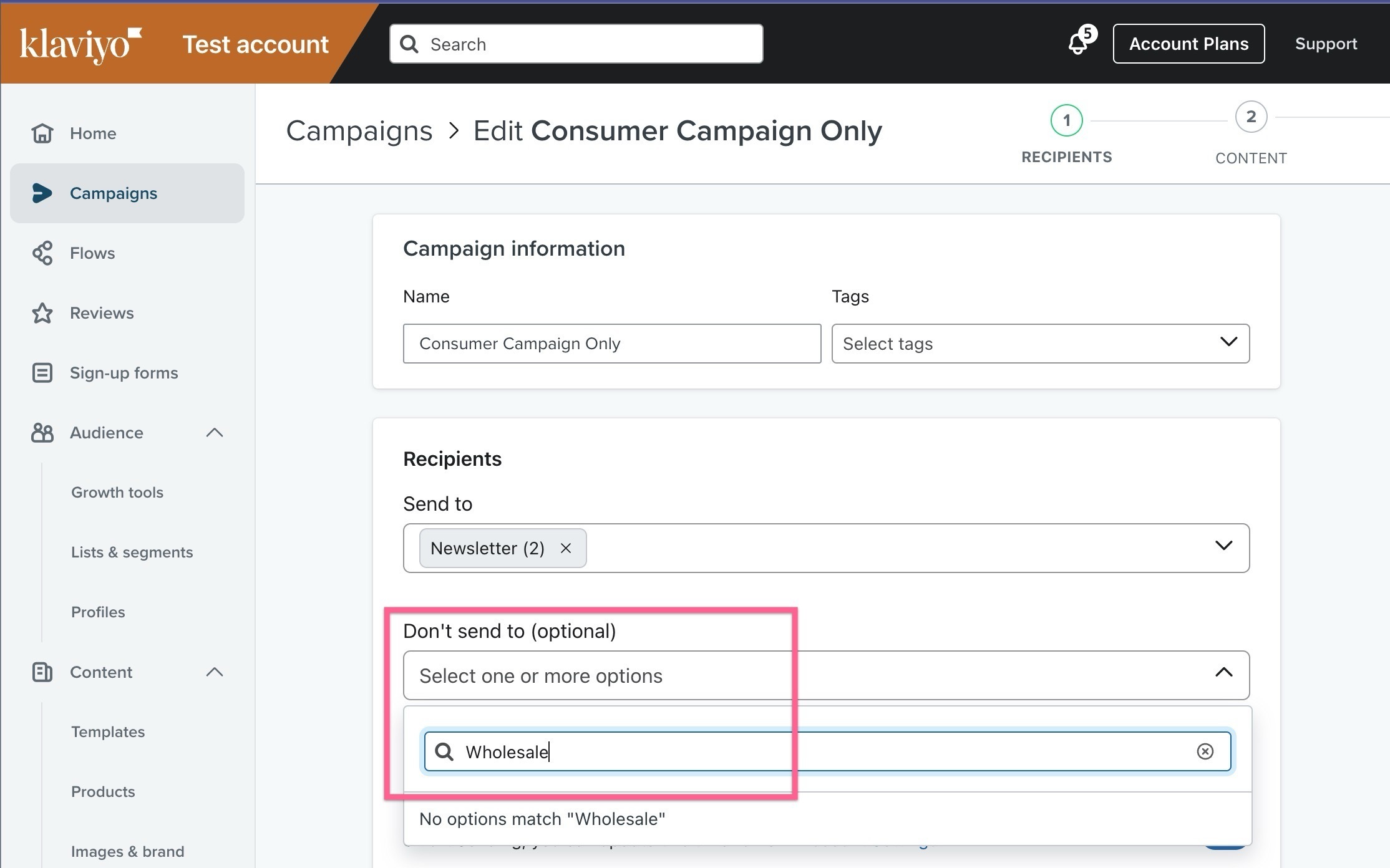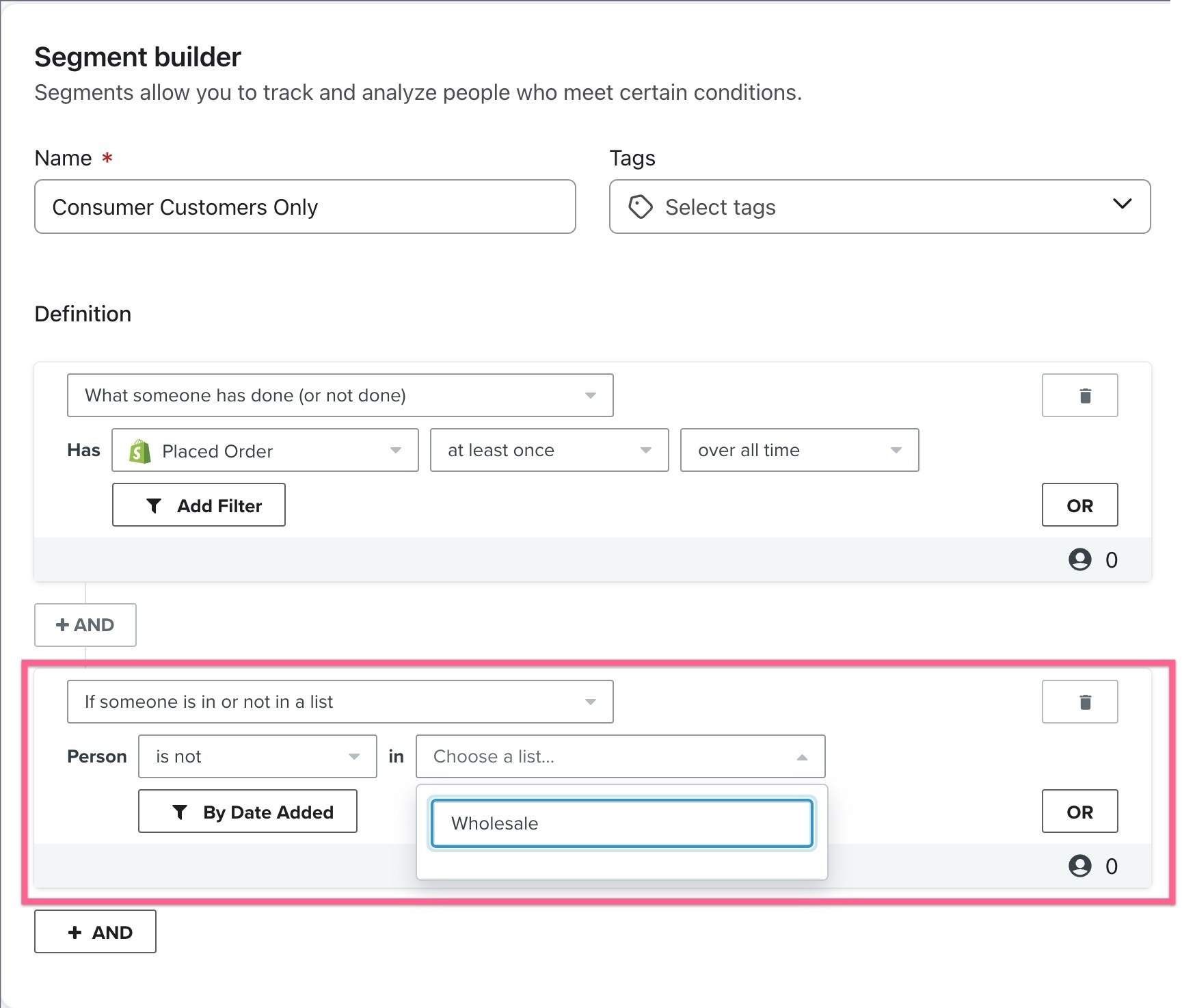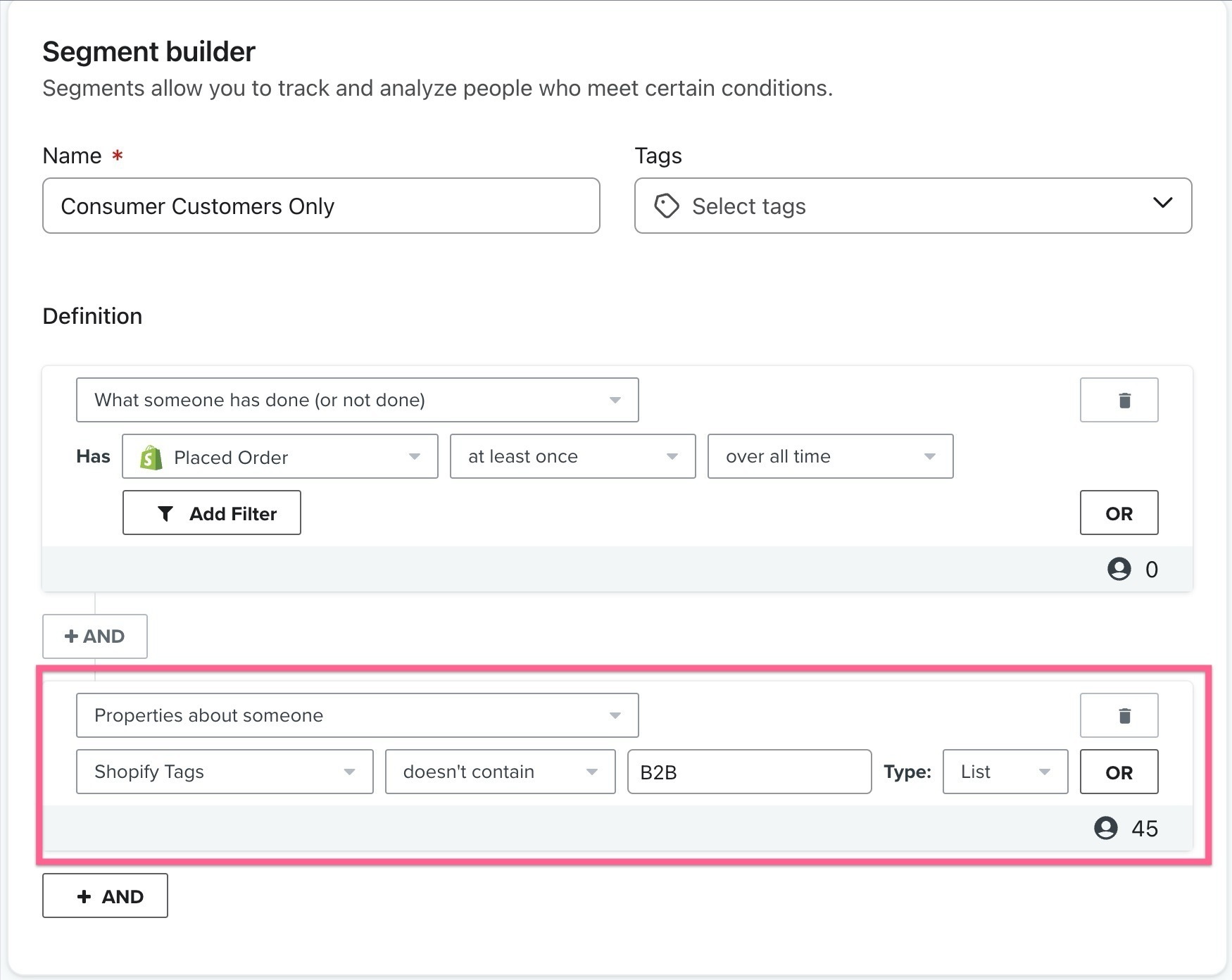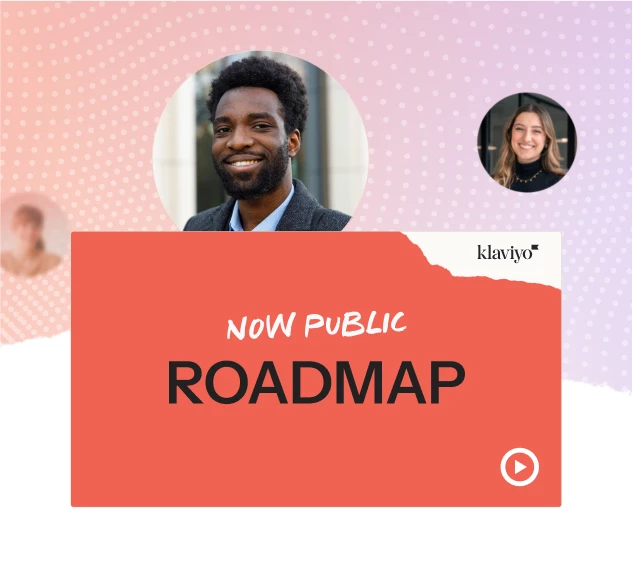Hello!
Upfront apology on TMI, but I do think understanding the whole of it will be helpful to anyone who wants to make recommendations.
I am researching for the best option for our specific situation. Our business has one Shopify store; however, there are general ecomm customers and then another group that shops with discounted pricing using B2B Wholesale Club.
All customers are able to subscribe to our main email list if they want to receive the general/ marketing emails from the company. The B2B list has a separate members-only newsletter which is currently being sent from another app.
A little background: both lists were on separate accounts from this other app, but the main list moved over once we moved to Shopify, and we left the B2B newsletter where it was until things got situated. It is only once a month and includes a lot of content that is community information so not a lot to drive clicks to the store- maybe one product promoted).
So now that I have explained some history, we are now looking into how best to proceed to move the B2B list to Klaviyo if that is indeed the best option (or keep it where it is). The question of having a separate Klaviyo account for the B2B group came up, but I read other posts that say Klaviyo recommends having one account per Shopify store.
It also needs to stay its own list and not be a segment of the general/marketing list. I have found very little info on using two Lists in one Shopify store. Are there any tutorials or pages on this type of situations?
Also, we import this B2B list within the one Klaviyo account, is there any way to keep the dashboards or workspace separate and organized? We already have several segments, flows/signup forms for the main email list would love to keep it from getting confusing if a novice user is added.
There is actually so much more to this particular situation but will spare it for now. Thank you in advance for any words of wisdom you can provide.
